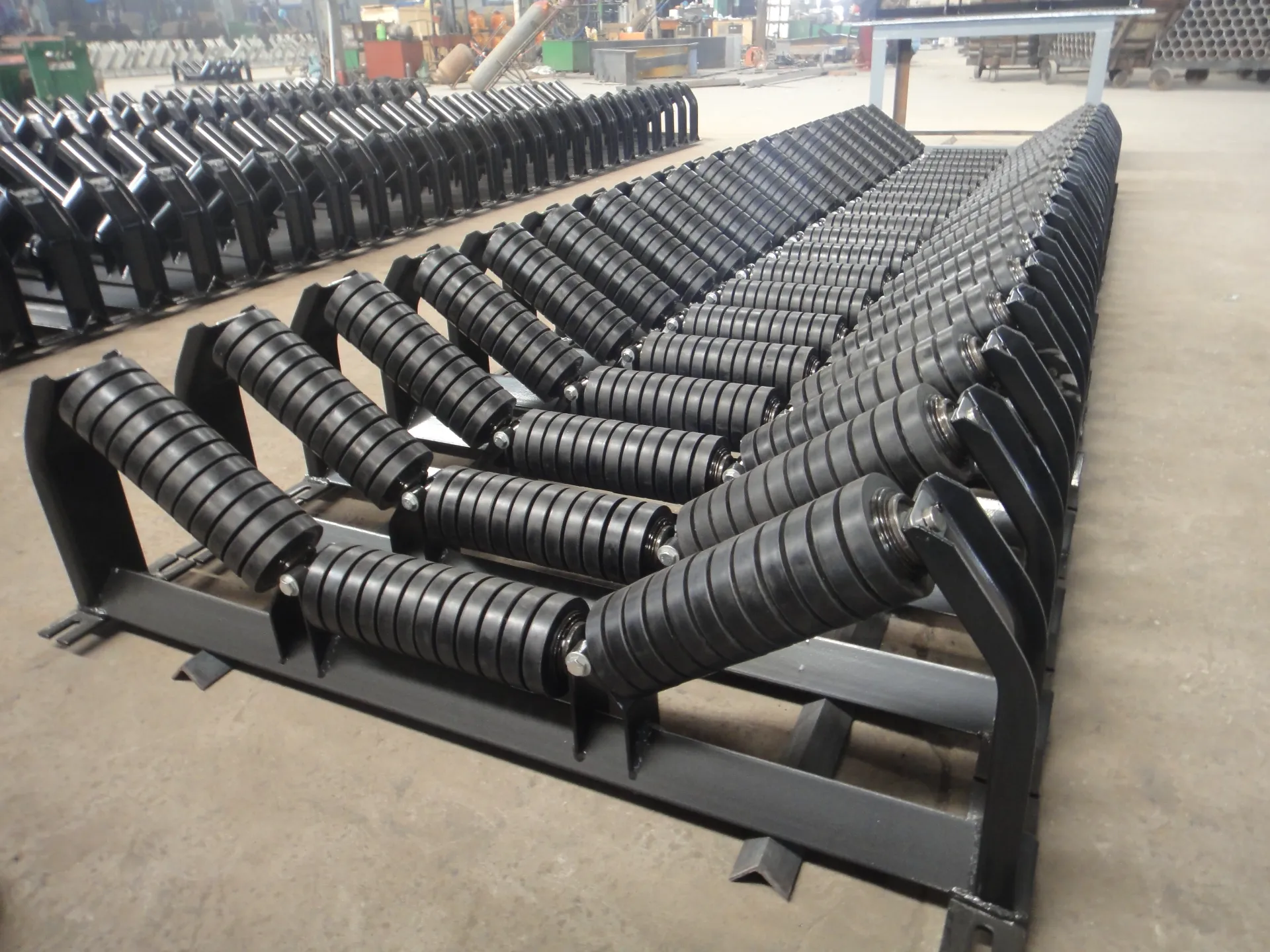 Afrikaans
Afrikaans  Albanian
Albanian  Amharic
Amharic  Arabic
Arabic  Armenian
Armenian  Azerbaijani
Azerbaijani  Basque
Basque  Belarusian
Belarusian  Bengali
Bengali  Bosnian
Bosnian  Bulgarian
Bulgarian  Catalan
Catalan  Cebuano
Cebuano  Corsican
Corsican  Croatian
Croatian  Czech
Czech  Danish
Danish  Dutch
Dutch  English
English  Esperanto
Esperanto  Estonian
Estonian  Finnish
Finnish  French
French  Frisian
Frisian  Galician
Galician  Georgian
Georgian  German
German  Greek
Greek  Gujarati
Gujarati  Haitian Creole
Haitian Creole  hausa
hausa  hawaiian
hawaiian  Hebrew
Hebrew  Hindi
Hindi  Miao
Miao  Hungarian
Hungarian  Icelandic
Icelandic  igbo
igbo  Indonesian
Indonesian  irish
irish  Italian
Italian  Japanese
Japanese  Javanese
Javanese  Kannada
Kannada  kazakh
kazakh  Khmer
Khmer  Rwandese
Rwandese  Korean
Korean  Kurdish
Kurdish  Kyrgyz
Kyrgyz  Lao
Lao  Latin
Latin  Latvian
Latvian  Lithuanian
Lithuanian  Luxembourgish
Luxembourgish  Macedonian
Macedonian  Malgashi
Malgashi  Malay
Malay  Malayalam
Malayalam  Maltese
Maltese  Maori
Maori  Marathi
Marathi  Mongolian
Mongolian  Myanmar
Myanmar  Nepali
Nepali  Norwegian
Norwegian  Norwegian
Norwegian  Occitan
Occitan  Pashto
Pashto  Persian
Persian  Polish
Polish  Portuguese
Portuguese  Punjabi
Punjabi  Romanian
Romanian  Russian
Russian  Samoan
Samoan  Scottish Gaelic
Scottish Gaelic  Serbian
Serbian  Sesotho
Sesotho  Shona
Shona  Sindhi
Sindhi  Sinhala
Sinhala  Slovak
Slovak  Slovenian
Slovenian  Somali
Somali  Spanish
Spanish  Sundanese
Sundanese  Swahili
Swahili  Swedish
Swedish  Tagalog
Tagalog  Tajik
Tajik  Tamil
Tamil  Tatar
Tatar  Telugu
Telugu  Thai
Thai  Turkish
Turkish  Turkmen
Turkmen  Ukrainian
Ukrainian  Urdu
Urdu  Uighur
Uighur  Uzbek
Uzbek  Vietnamese
Vietnamese  Welsh
Welsh  Bantu
Bantu  Yiddish
Yiddish  Yoruba
Yoruba  Zulu
Zulu snub pulley
Understanding Snub Pulleys Mechanics and Applications
A snub pulley is a vital component in the world of mechanical systems, particularly within the context of pulley systems used in various industrial, automotive, and engineering applications. Unlike regular pulleys, which are primarily used to change the direction of a force, snub pulleys serve a more specialized function — they create a system that provides additional tension or force in a belt or cable system. This article delves into the mechanics, functions, and applications of snub pulleys, elucidating their importance in modern machinery.
Mechanics of Snub Pulleys
Snub pulleys work on the principles of rotational motion and tension. Typically located at a strategic point in a belt or cable system, these pulleys are designed to create a wrap on the belt, which enhances friction and increases the gripping power of the belt on the driving pulley. This increased friction results in effective power transfer, allowing for a more efficient operation of the system.
When a belt runs over a snub pulley, it changes the angle of the belt, allowing it to wrap around the driving pulley more effectively. The tension created between the driven pulley and the snub pulley is crucial, as it maintains the desired performance. The mechanics of how this is achieved involve careful calculation of the forces acting on the system, including the belt tension, the angle of wrap around the pulleys, and the coefficients of friction between the belt and the pulleys.
Functions of Snub Pulleys
The primary function of a snub pulley is to increase the effective tension in the system, which is crucial for various reasons
1. Improved Power Transmission By enhancing the grip of the belt on the driving pulley, a snub pulley allows for better power transmission efficiency. This is particularly beneficial in systems where power loss due to slippage is a concern.
2. Belt Alignment Snub pulleys play a role in maintaining proper belt alignment. They help to guide the belt along its intended path, preventing it from drifting off the pulleys, which could lead to premature wear or failure.
3. Flexibility in Design The use of snub pulleys provides greater flexibility in the design of belt-driven systems. Engineers can create more compact designs by incorporating snub pulleys, allowing for innovative solutions in space-constrained environments.
snub pulley

4. Load Distribution Snub pulleys help to distribute the load more evenly across the system, which can lead to a longer lifespan of the components involved. This is particularly important in heavy-duty applications where the components are subject to significant stress.
Applications of Snub Pulleys
Snub pulleys find applications across a wide array of industries and systems. Some common uses include
- Conveyor Systems In manufacturing, snub pulleys are often used in conveyor systems to improve the efficiency of material handling.
- Automotive Engines In automotive engines, snub pulleys can be found in the systems that drive accessories such as alternators and water pumps, where maintaining tension is key to performance.
- Industrial Machinery Many types of industrial machinery utilize snub pulleys to optimize their operational efficiency, from cranes and hoists to packaging machines.
- Elevator Systems In elevator systems, snub pulleys can assist in ensuring that the cables remain taut, facilitating safety and reliability in vertical transport.
Conclusion
In summary, snub pulleys are indispensable components that enhance the functionality and efficiency of various mechanical systems. Their ability to increase tension, maintain alignment, and allow for innovative designs makes them a critical element in many engineering fields. As technology evolves and industries continue to seek improved efficiency and performance, the role of snub pulleys is likely to grow, underscoring their importance in the mechanics of modern machinery. Understanding their functionality not only helps in engineering applications but also provides insight into the complex world of mechanical systems.
-
Revolutionizing Conveyor Reliability with Advanced Rubber Lagging PulleysNewsJul.22,2025
-
Powering Precision and Durability with Expert Manufacturers of Conveyor ComponentsNewsJul.22,2025
-
Optimizing Conveyor Systems with Advanced Conveyor AccessoriesNewsJul.22,2025
-
Maximize Conveyor Efficiency with Quality Conveyor Idler PulleysNewsJul.22,2025
-
Future-Proof Your Conveyor System with High-Performance Polyurethane RollerNewsJul.22,2025
-
Driving Efficiency Forward with Quality Idlers and RollersNewsJul.22,2025





























